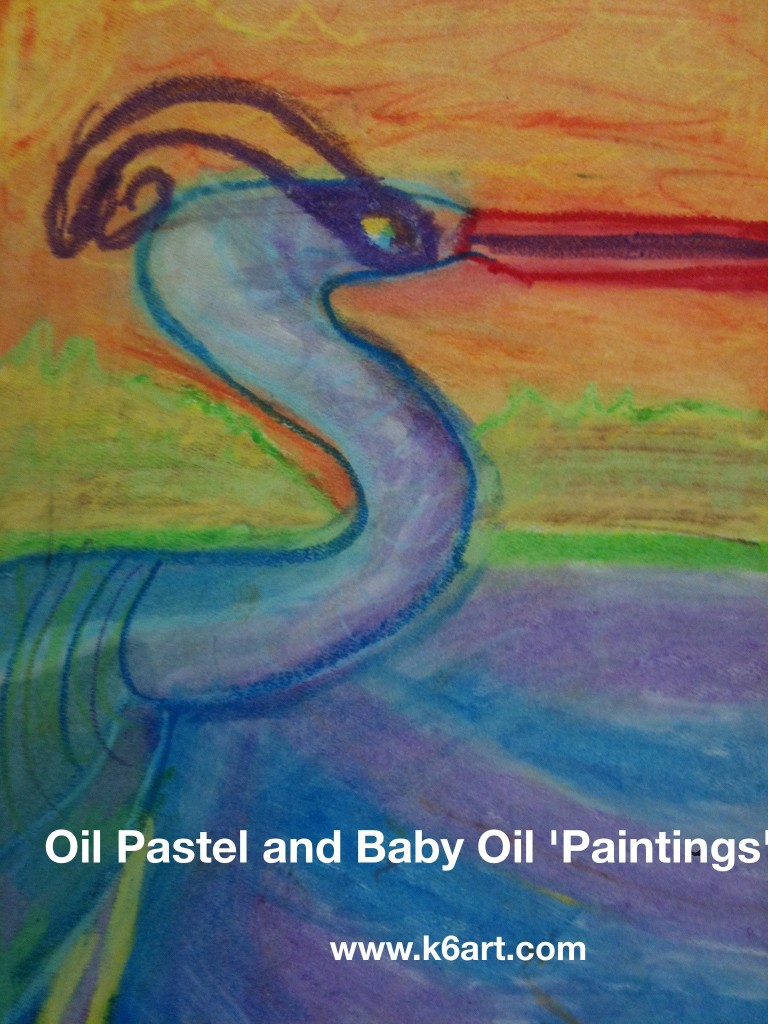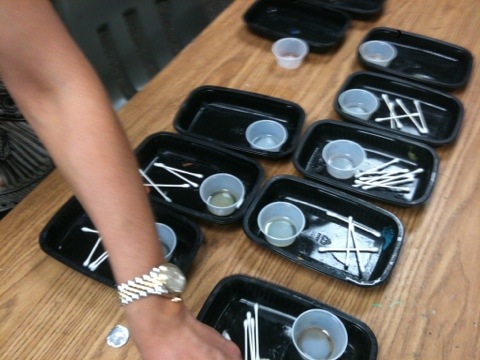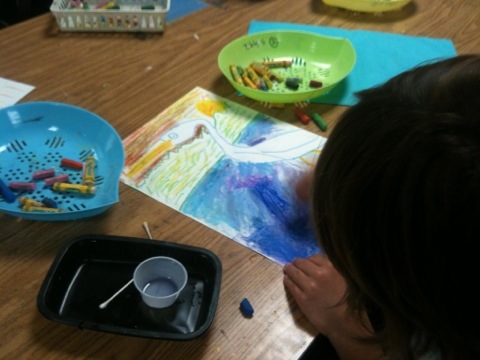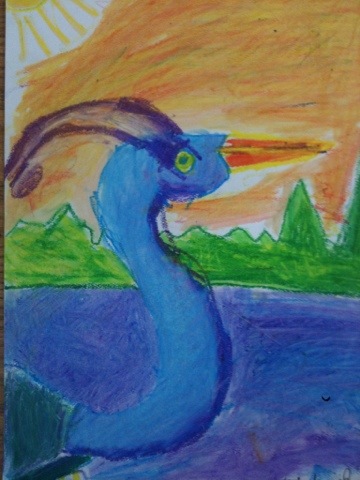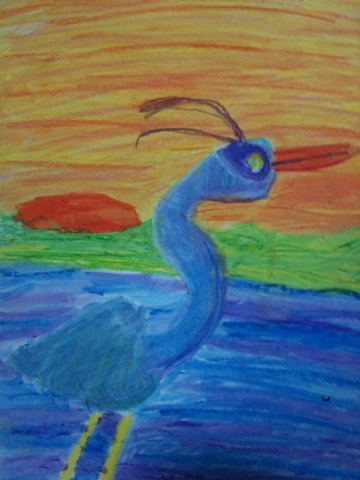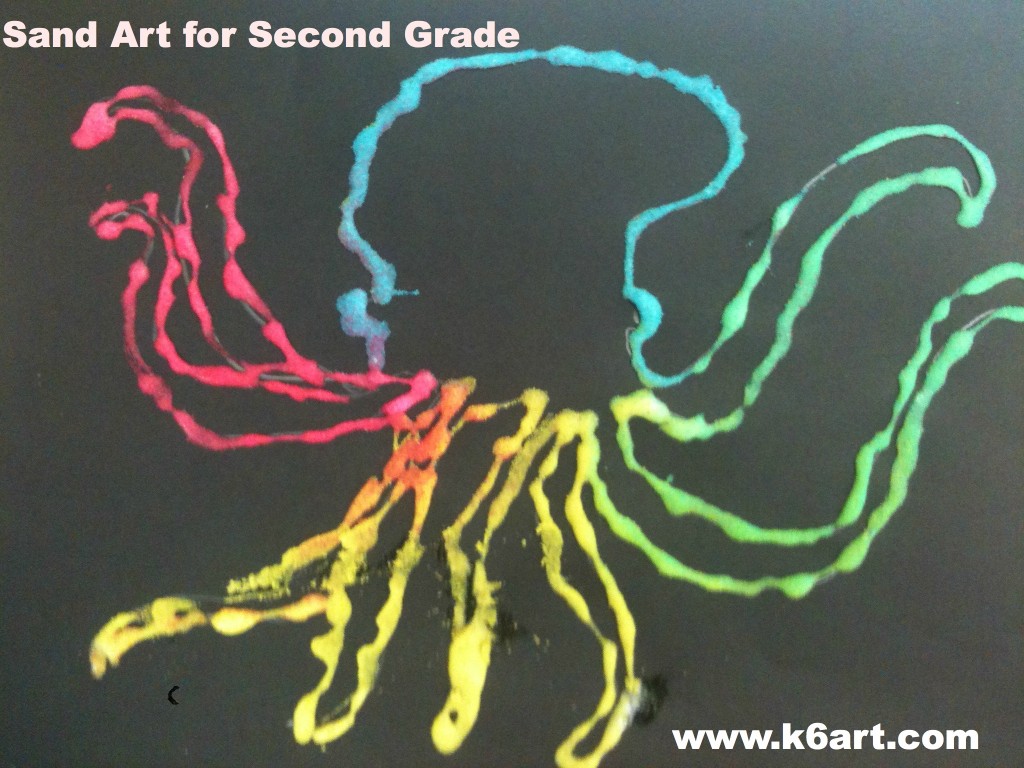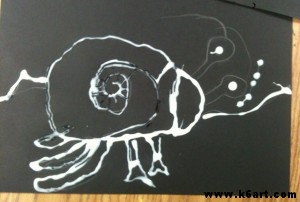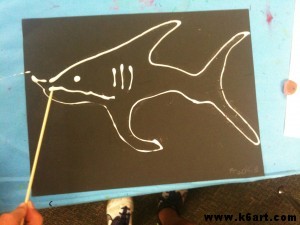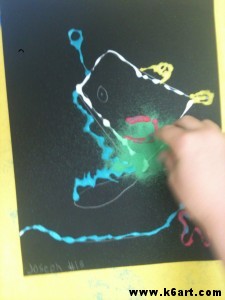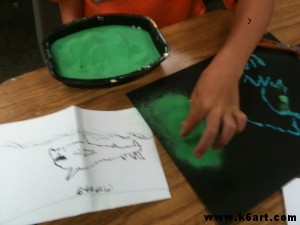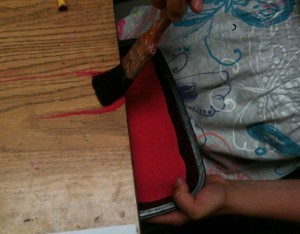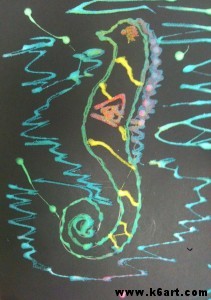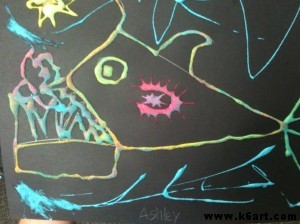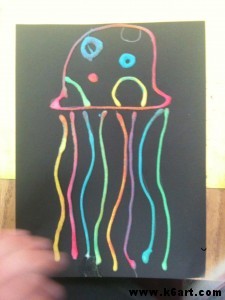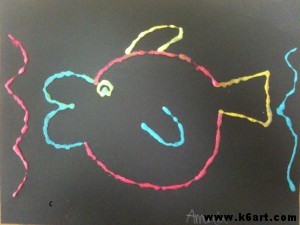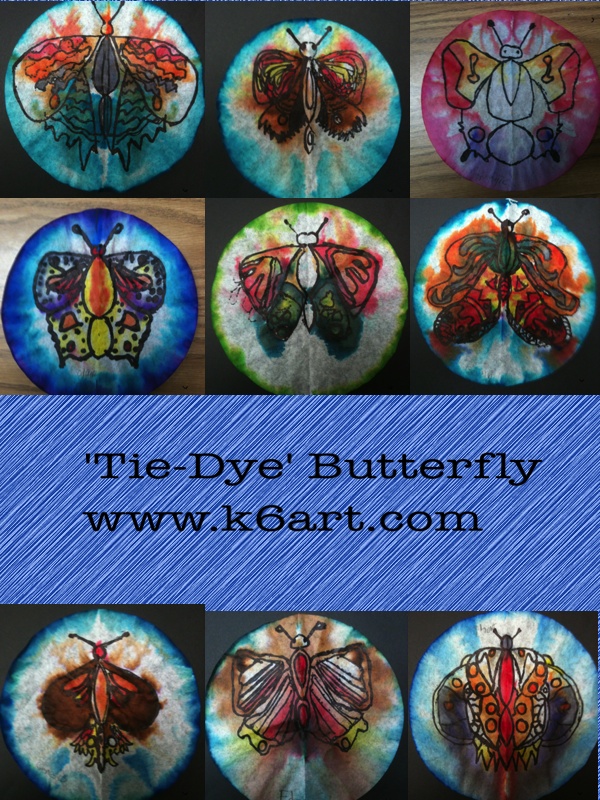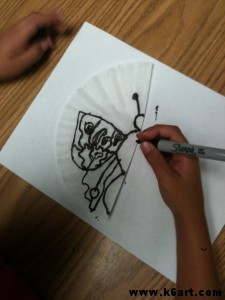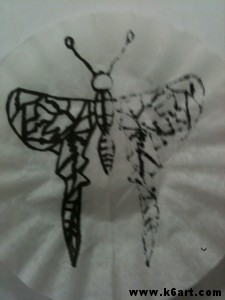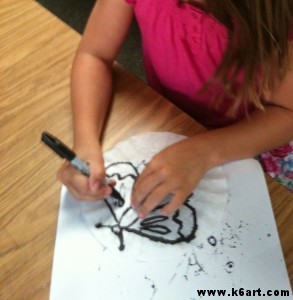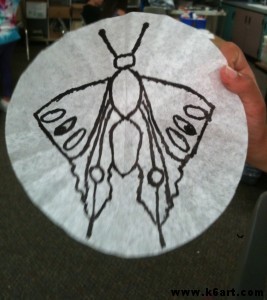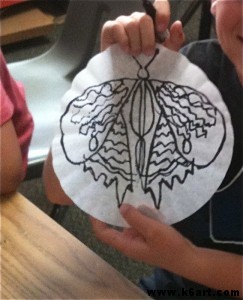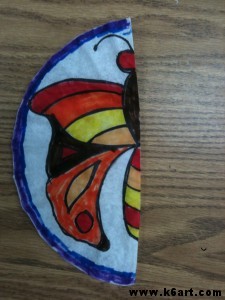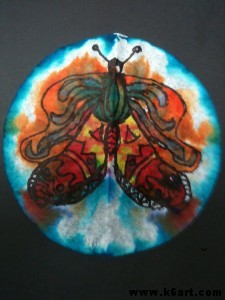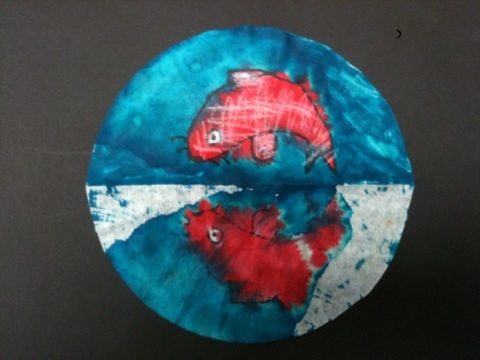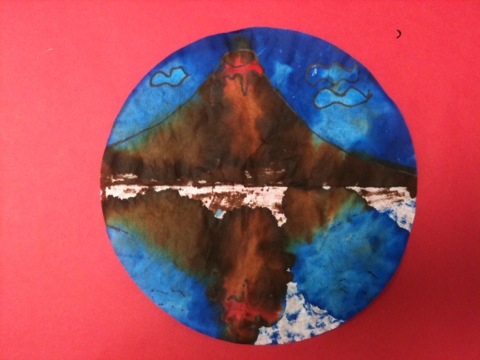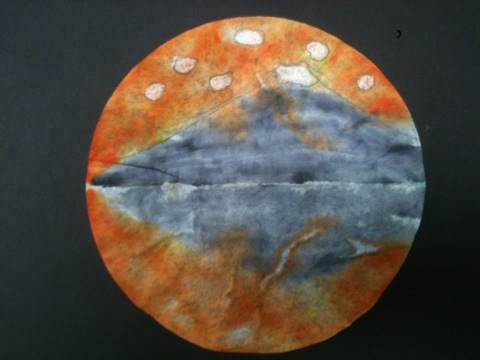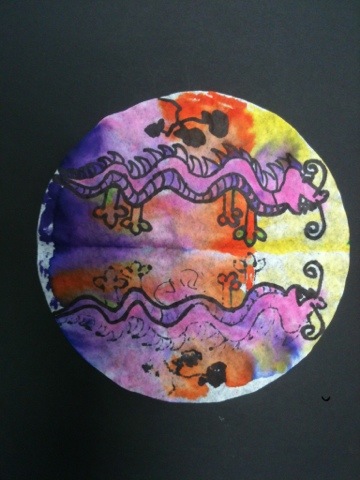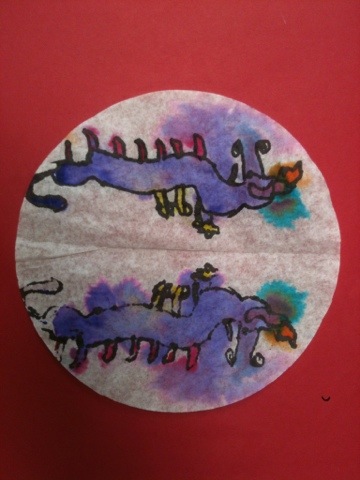Want to amaze and engage your students? Try oil pastel ‘painting’. The colors are vibrant, set up and clean are a breeze and students love the process.
Materials
Oil pastels
Q-tips
Baby oil
Small cups for oil
Watercolor paper
We did a directed draw of a great blue heron. We grouped our oil pastels so that they would blend nicely. This was a good opportunity to review warm and cool colors and analogous colors.
Heron: cool colors (purple, blue, green)
Water: purples and blues (analogous colors)
Sunset sky: warm colors ( red, orange, yellow) and pink
Hills: green and yellows (analogous colors)
Students make short strokes of oil pastel. Use two or three colors side by side. Then dip a q-tip in baby oil and blend the colors. A little oil goes a long way!
Tips:
Use watercolor paper. Construction paper is too thin and oil will soak the paper.
Blot excess oil with tissue.
Have fun!
I learned this process from art teacher Nicole Nelson at The San Diego Museum of Art.

